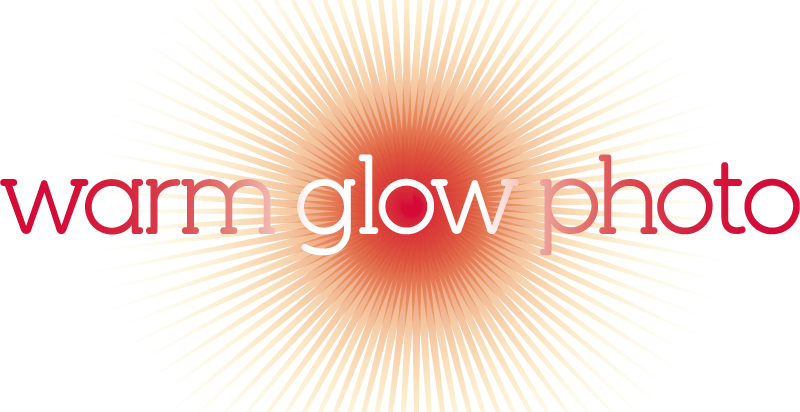As a parent I follow the principles of attachment parenting, particularly aiming to always “respond with sensitivity”. I was also very influenced by a ToddlerCalm workshop I attended, which spoke about the toddler’s “job description” and the qualities they need to fulfill it, such as perseverance, inquisitiveness, and creativity. Watching my son use these traits to learn about the world is the most amazing and inspiring part of motherhood for me, and something that I really hope to capture in other children when I photograph them. I feel I succeeded in these images of a little boy exploring the woods in autumn.





It is important for me to be an empathetic, respectful photographer. I take my best photos when I put myself in my subject’s position and try to ensure that they feel comfortable. A photography session is an unfamiliar situation for most people that takes them out of their comfort zone. Young children have even less experience of being professionally photographed and it is extra important to help them to relax, with the hope that they will then feel confident enough to show something of themselves. This might include letting them explore the studio and touch some of the equipment first while I explain what everything is, or simply following them while they engage in an activity that absorbs them.

My son trying to untangle a rope from a tree in Sweden
I believe photography is always to some extent a manipulation of reality, even just by the action of choosing what to photograph and what to leave out (that’s a topic for a whole different post) but I aim to photograph children as truthfully as possible. When I photographed at a nursery some years ago (before I became a parent) many of the children were a little unsure and shy and this showed on their faces. I tried to get a good, smiling picture of every child as I assumed this would be what the parents wanted. I was surprised that many of the parents ordered prints of the pictures where the children looked serious or thoughtful, and commented how great it was to have a good photograph of an expression that they regularly see their child making. My favourite photographs of my son are often of his concentrating face, the face that I watch while he is trying to figure something out.

Father’s comment: “Having a newborn is an emotional roller coaster, for child and parents alike. Why anyone would only want photos of their child mildly smiling back is beyond me, I want the full gamut of emotions! That was certainly the experience we were all having at the time, and I’m now able to reflect back at the photos and laugh about it with my partner!”
Other clients have made similar comments. One of my early newborn shoots was a baby with severe colic and in most of the pictures he is bright red, body arched and twisted, mouth wide open and crying. His parents commented that while these were not the traditionally expected newborn images, they appreciated them as an accurate representation of what those first few weeks were like. They also said how much of his personality shone through in those images, and that they look on them now as fondly as the other shots of him.
My approach to props follows on from this. I don’t understand the attraction of having a supply of generic props to use with every child. Your child is different and unique, why would I want to make them look like every other baby? However, photographing your child with objects that are important to them can add layers to the story that the photos tell about your child and family.
With this in mind I have written myself a set of guidelines about my child photography sessions. A manifesto of sorts. Maybe these can help you decide if I am the right photographer for your family.
What I won’t do:
- Try to force your child to smile.
- Use generic one-type-fits-all props: no newborns in baskets wearing woolly hats. (unless you bring them with you and they have personal meaning – I have taken very special pictures of newborns on blankets hand-made by family members, for example).
- Mind if the session takes longer than planned due to the child needing to feed, have a nappy change, or have some quiet time.
What I will do:
- Accept your child’s mood during the session, work with it and record that: happy; shy; thoughtful; excited; manic or full-on colic crying!
- Fully embrace any props your child wishes to bring to the setting: favourite toy no matter how broken (e.g. headless stick man); unusual outfit (e.g. boy’s sister’s ballet shoes); old stick; toy snake and wellies combo (all true examples from photos I have taken).
- Respectfully accept the importance of the child’s needs: if the child is comfortable we are more likely to be able to create enduring images (Maslow’s hierarchy of needs states that self-esteem, confidence and spontaneity can only occur when needs for food, water and sleep are met).

Father’s comment: “Headless stick man was such a non-negotiable part of L’s ‘entourage’ for months, to the point where he was carrying around this battered stump of a toy – it speaks volumes of his dogged, tenacious attitude to play and we love the fact that he’s made it into the photos too.” (photo shows one of L’s friends with stickman)
What you won’t get from a Warm Glow Photo session: guaranteed smiling photos of your child .
What you will get: an accurate and truthful record of your child on that day, hopefully at ease, doing something they love and exploring the world.
If that sounds like the type of photo session for your family, contact me for more details.
